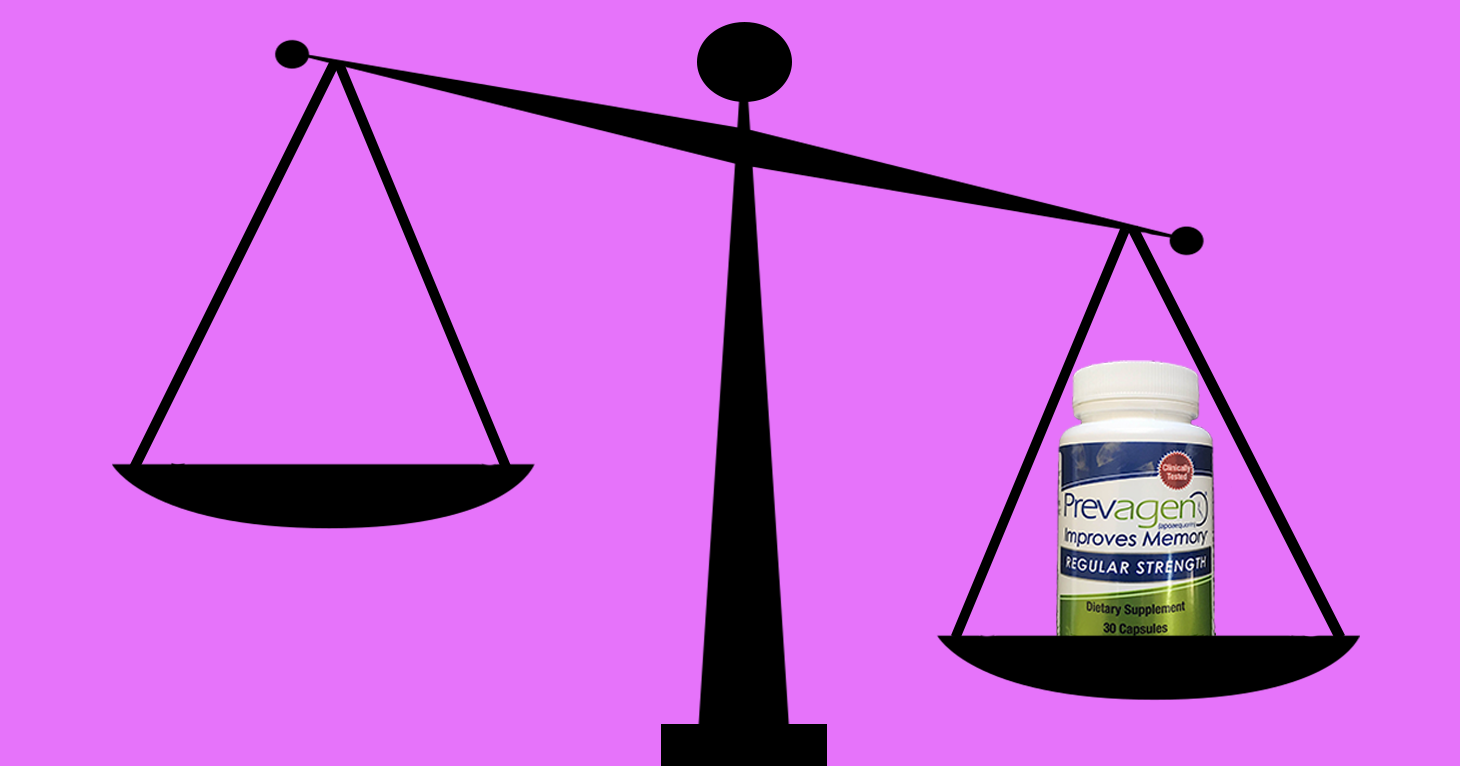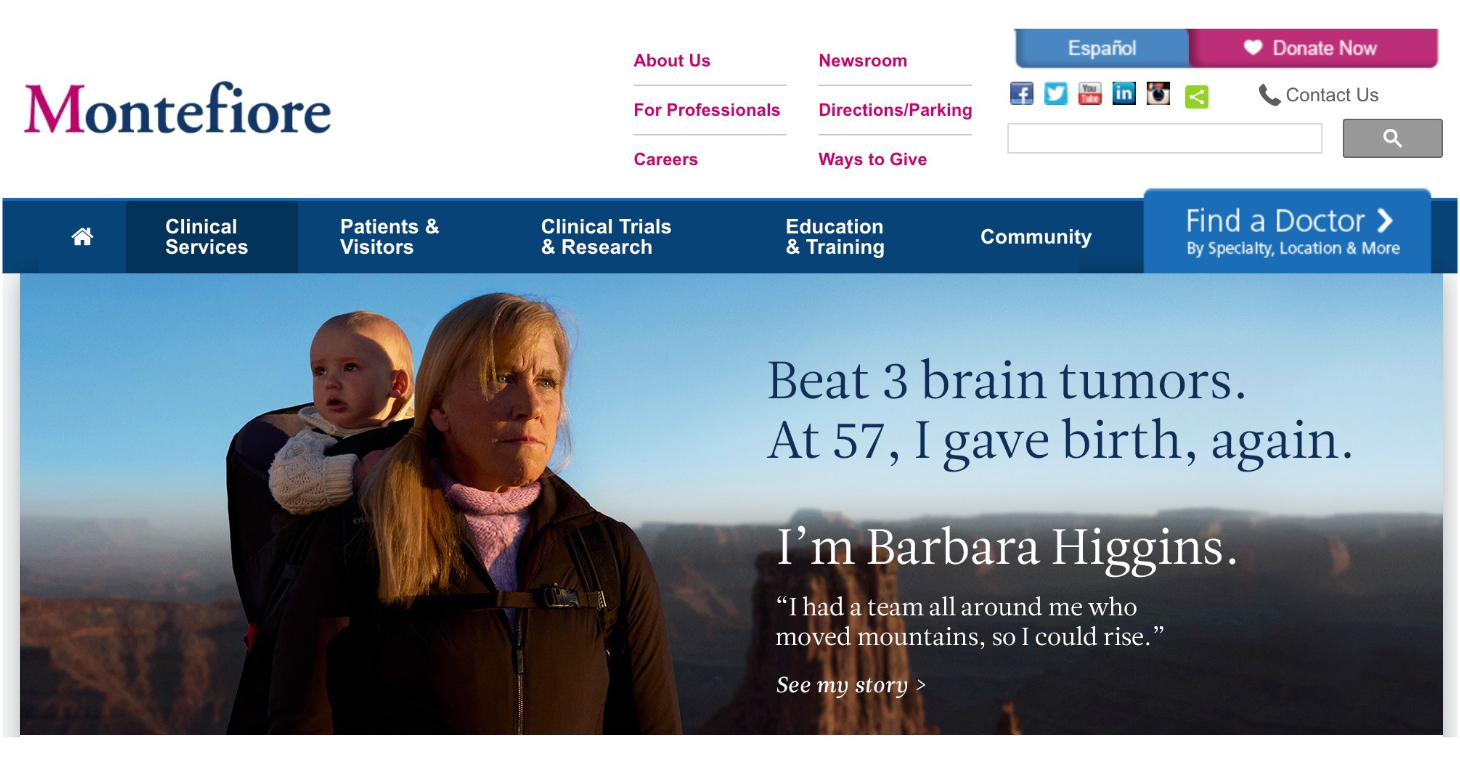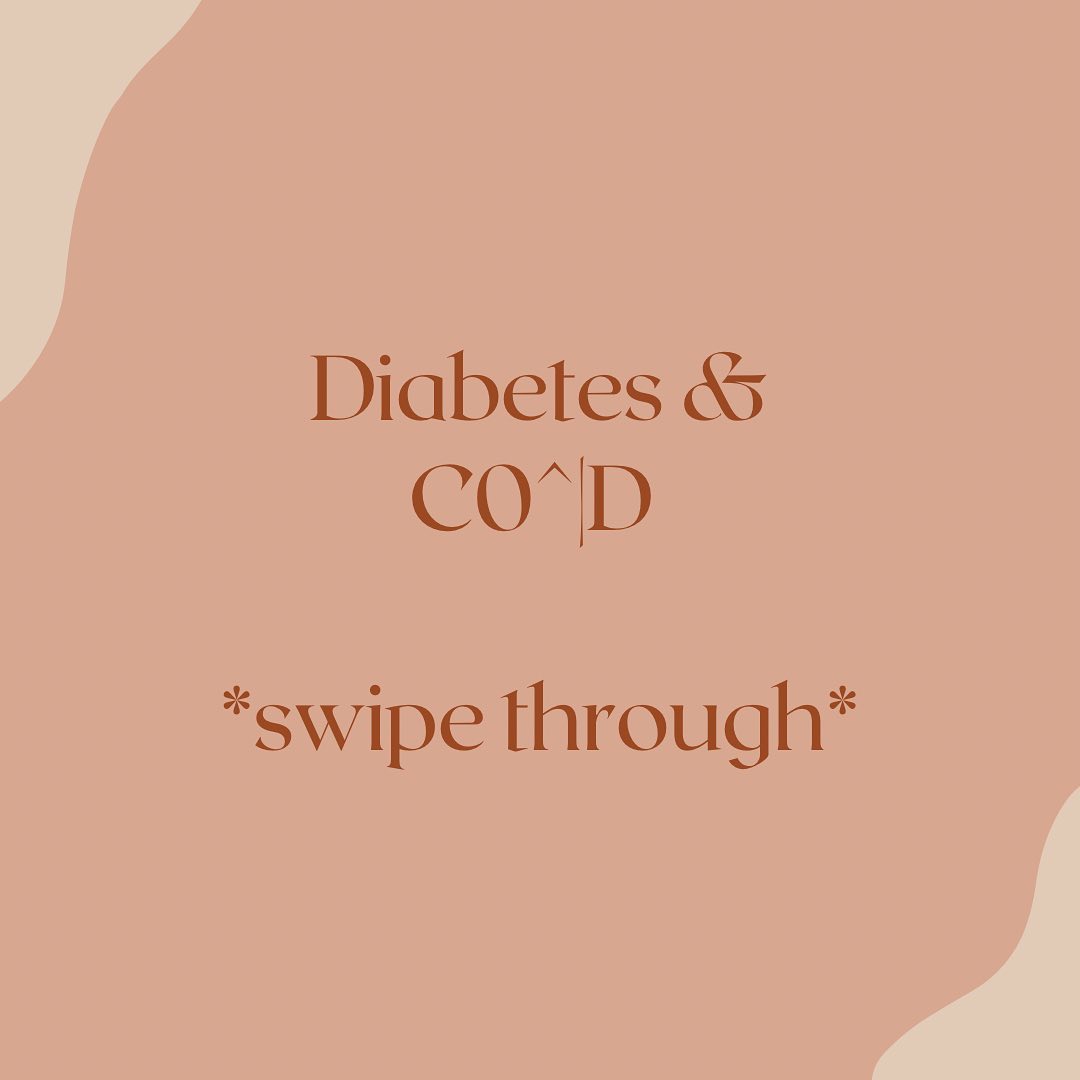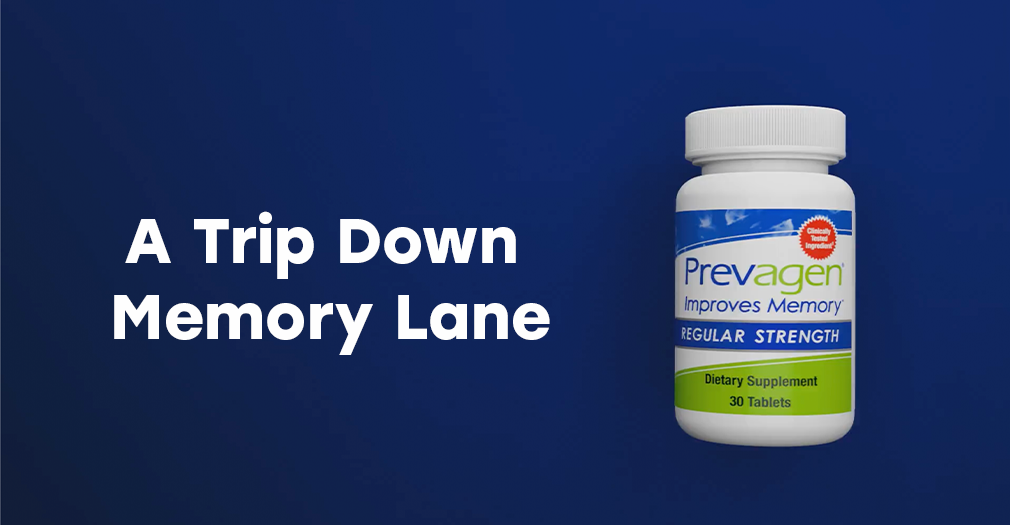
Will Prevagen’s Deceptive Advertising Ever End?
Eight years after TINA.org alerted regulators, supplement ads continue to convey deceptive and misleading memory improvement claims.
Pending class-action settlement leaves consumers behind.
| Laura Smith
Editor’s Note: Updates have been posted at the end of this article.
Seven class-action lawsuits filed in five different states against Quincy Bioscience for falsely advertising the brain supplement Prevagen to millions of aging Americans may soon be over if a proposed settlement is approved by a federal district court in Florida in November. While resolving disputes is generally thought of as a positive outcome, this resolution is anything but good for the three million class members who stand to lose far too many legal rights if the Southern District of Florida gives the proposed agreement its stamp of approval. Which is why, on Tuesday, TINA.org filed a friend of the court brief objecting to the terms of the proposed settlement as being patently unfair to consumers. Before we get into the numerous problems with the settlement agreement, let’s first take a look at the underlying facts.
What is being alleged? The lawsuits allege that Quincy falsely advertises that Prevagen can improve memory when, in reality, Prevagen cannot improve memory because the active ingredient in the supplement (apoaequorin) is rapidly digested in the stomach like any other dietary protein and cannot cross the blood-brain barrier or enter the human brain.
The result of these deceptive marketing efforts? Quincy earned more than $165 million in sales as of mid-2015, a figure that continues to climb as millions of consumers have spent (and continue to spend) between $39.95 and $89.95 every month on a supplement that does not work as advertised.
What type of consumers are paying Quincy millions? The “Prevageneration,” as Quincy calls it, is comprised of elderly Americans concerned about memory loss. The average age of consumers shown on the Prevagen website’s “Featured Reviews” is 71.
What is Quincy basing its marketing claims on? A study designed by Quincy “to examine the effects of Prevagen on cognitive function in a study population of community dwelling, older adults with self-reported cognitive difficulties or concerns,” known as the Madison Memory Study. However, the study concluded that Prevagen was no better than a placebo at improving memory. So what did Quincy do?
Quincy went hunting through the data to see if it could find something to support its bold marketing message. To do so, Quincy’s researchers conducted more than 30 post hoc (“after the event”) analyses. However, post hoc analyses (also known as p-hacking or data dredging) are not clinical study results but rather are separate retrospective analyses of trial data performed after a study has concluded to try to find patterns that were not primary objectives of the study. Though important for generating hypotheses for future research, post hoc analyses are not definitive proof. (For more on this issue, you can read TINA.org’s Second Circuit Amici Brief, which it filed in support of the FTC’s and State of New York’s lawsuit against Quincy over the same deceptive marketing.)
Now that we’re caught up, let’s take a close look at the proposed settlement agreement.
Who will be bound by the settlement? Every U.S. purchaser of Prevagen from 2007 to present, which equates to roughly three million consumers.
How are consumers supposed to learn of the proposed settlement? For consumers who purchased the supplement from any of 50,000 retail stores across the country, the only notice of the settlement is by way of internet ads. And that’s a problem because more than a quarter of adults over the age of 65 do not use the internet. This means it’s likely that hundreds of thousands of class members will never learn about this proposed settlement but will be bound by it. Consumers who purchased Prevagen directly from Quincy purportedly received notice of the proposed settlement by email.
What will consumers get from the settlement? If consumers (1) see and understand the settlement, (2) properly file a valid claim form, and (3) have receipts of their Prevagen purchases and provide copies, they can obtain a maximum of $70. If consumers satisfy the first two requirements but didn’t keep receipts, their maximum recovery is $12. Unfortunately, but not surprisingly, one source has reported that as of the first week of October, only 12,000 consumers had filed claims. That’s 0.4 percent of class members. This means that most Prevagen consumers will receive nothing from the proposed settlement agreement.
What will consumers be giving up? Unless consumers affirmatively opt out of the settlement, which is unlikely, class members will be giving up the ability to ever exercise any legal rights not only against Quincy, but against all entities related to Quincy yet not named in the complaint, including “all other entities or persons upstream or downstream in the production/distribution channels.” This means that if, for example, Walgreens – which was not sued in this case and therefore not bound by the proposed settlement agreement, but which is part of the downstream Prevagen distribution channel – continues to advertise Prevagen as clinically shown to improve memory, as it currently does, three million Prevagen consumers may never do anything about it.
What is perhaps even worse is that class members will also be giving up their right to recover any monetary relief from the pending FTC/State of NY lawsuit against Quincy (which, by the way, is not even mentioned in the already flawed notice of settlement).
What will the lawyers representing consumers get? $4.2 million (Fun fact: the same month Quincy agreed to pay plaintiffs’ counsel $4.2 million, it spent $5.2 million in advertising…in one month. In 2019 alone, Quincy spent more than $67 million deceptively advertising Prevagen.)
What will Quincy Bioscience get? Quincy will walk away with a court-sanctioned hall pass to continue falsely advertising Prevagen and pocket millions from elderly consumers concerned about memory loss. Quincy will be able to continue deceptively claiming in big, bold letters:
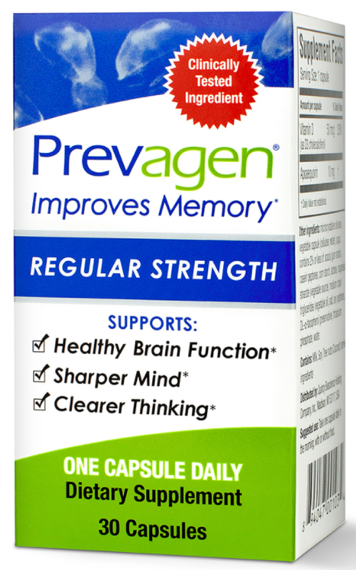
This is why TINA.org filed a brief objecting to the terms of the proposed settlement.
The final fairness hearing is scheduled for November 17, 2020 via Zoom. Check back for updates.
UPDATES
11/18/20: The district court granted final approval of the settlement agreement.
11/16/20: The FTC sent a letter to the court to address certain arguments made in the parties’ responses to TINA.org’s amicus brief. Among other things, the FTC stated that (1) the absence of a formal brief from the FTC (or New York attorney general) opposing the proposed settlement should not be interpreted as acquiescence to, or approval of, the settlement terms; (2) it continues to believe that Quincy Bioscience has not proffered competent and reliable scientific evidence to substantiate memory or other cognitive claims for Prevagen; and (3) the FTC and New York attorney general intend to proceed with their law enforcement action and will seek both broad injunctive relief and related equitable relief including restitution in the form of consumer refunds.
11/9/20: Both plaintiffs and defendant filed responses to TINA.org’s objection. Both parties argued, among other things, that the FTC’s lack of objection in this case amounts to its tacit approval of the proposed settlement terms.
Eight years after TINA.org alerted regulators, supplement ads continue to convey deceptive and misleading memory improvement claims.
New York neurosurgery center features deceptive testimonial on billboards and website
How deceptive MLMers try to evade regulators in the COVID era.
